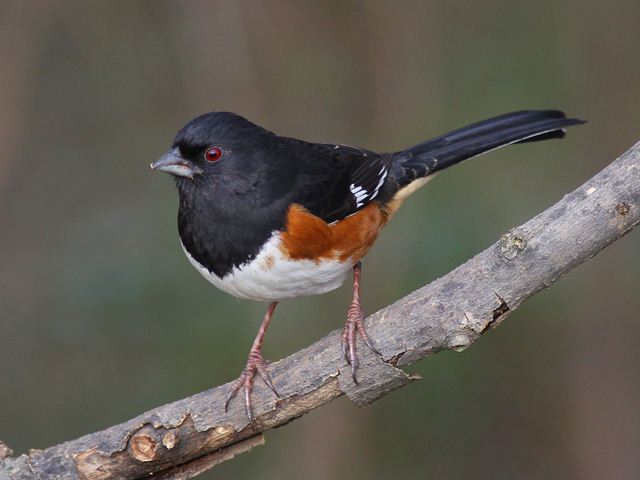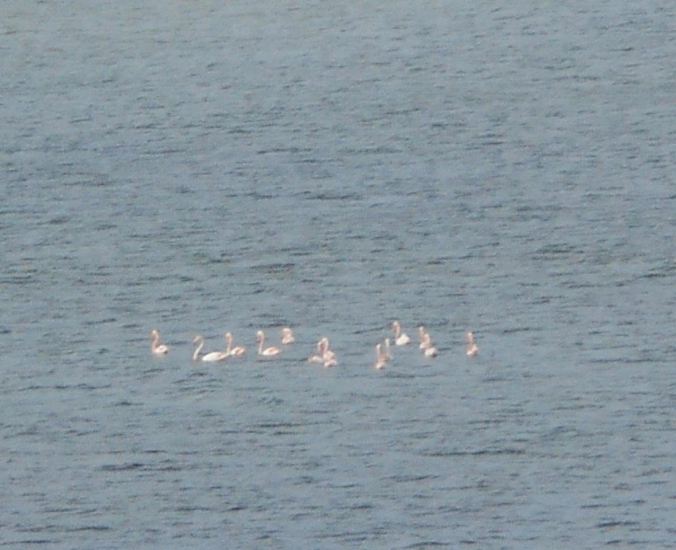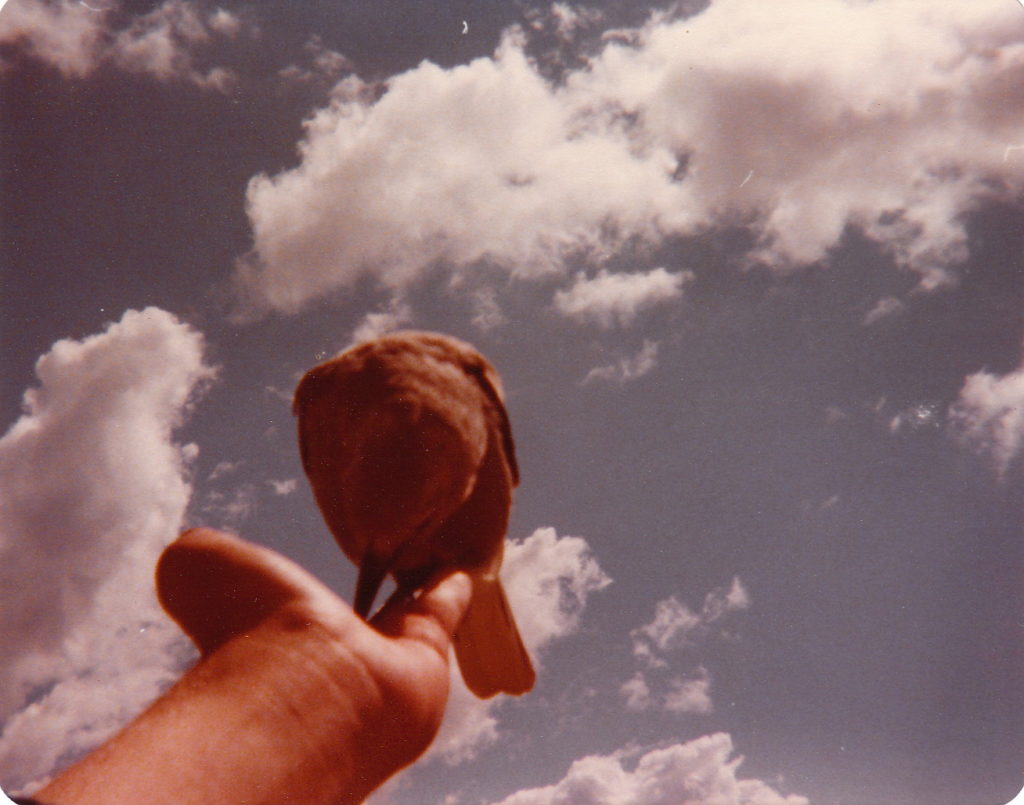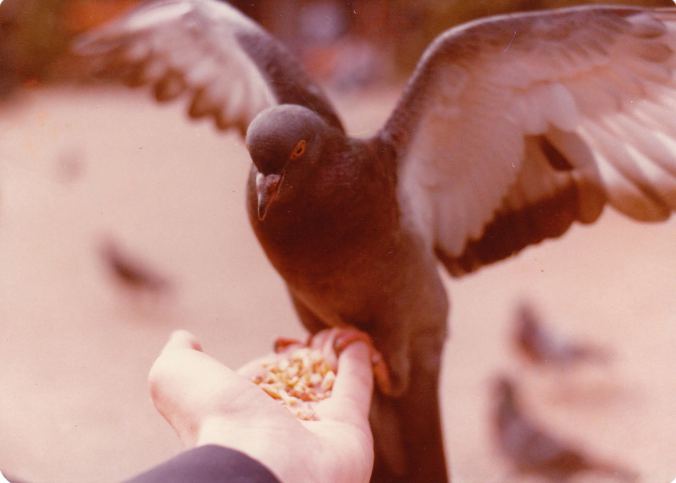Where I sit at work, in the last row of desks in the newsroom, my view is mostly of computer screens, the backs of co-workers’ heads and lots of newspaper stuff. Straight ahead, 40 or 50 feet away, I can see the front door, where people come in to place classified ads for their garage sales and pay for their subscriptions.
Through the plate glass windows adjacent to the front door I can see a sliver of the outdoors. It’s a narrow sliver but that’s just as well because I’m distractible enough by what goes on inside, and if I could see the entire outdoors all day I’d never get anything done.
Outside the newspaper’s front door is a dense stand of shrubs three feet high and eight feet or so across. From my desk the other day I noticed a commotion on the ground beneath the shrubs. I might not have paid much attention except that the commotion went on, and on, and on, and on. It was as if a tiny dervish were whirling down there in the leaves. It was an Edward Scissorhands-y situation going on.
I walked to the front window and squatted so I could see what was making the commotion. It seemed to be a bird but in the shadow and through the blur of flying leaves I couldn’t make out details.
I stepped outside and squatted again. My knees aren’t what they used to be so I sat cross-legged on the sidewalk and watched the bird-dervish from a few feet away. After a couple of minutes, apparently enervated by his commotion-making, the bird popped up to the top of the hedge for a look around, at the same time allowing me a first good look at him.
The striking thing was his jet-black hood against his warm rufous sides and white breast. If medieval birds conducted executions, this bird could have been a bird-executioner with that elegant black hood, his red eyes staring icily from beneath it. He looked at me for a minute, and I at him, before he descended into the shrubbery and resumed his vigorous rooting-around.
Back at my desk, with just a little research I learned that I had been watching an Eastern Towhee, or Pipilo erythrophthalmus.
The Cornell bird lab people, who are authorities on such things, describe them as “birds of the undergrowth, where their rummaging makes far more noise than you would expect for their size.”
Eastern Towhees, Cornell says, “spend most of their time on the ground, scratching at leaves using both feet at the same time, in a kind of backwards hop.”
Hearing it described that way made me wish I’d had a better view.
I like looking at birds. Here is a picture of some flamingos I encountered in France a couple of years ago.
And birds seem to like me.
(Note: If you have anything disparaging to say about pigeons, please keep it to yourself. I like pigeons and have fed them semiprofessionally in many of the great pigeon centers, including Venice, London and New Orleans, La.)
Here I am in April 1972 with Burt, our crow.
Burt lived indoors for his first two years with us, but after an unfortunate and quite gruesome incident involving him and Snoopy, my hamster, Burt took up residence in a cage in the back yard. Burt liked the men of the family, perching on our arms and letting us scratch his head, but he did not care very much for Mama. I never took the time to research whether there might be a behavioral inclination against human females among the crow race. My guess is Burt just didn’t like Mama.
It occurred to me that the Eastern Towhee might have entranced me so because I’m something of an underbrush-rummaging, commotion-maker myself. It’s figurative underbrush, of course, but the things, people and events that attract my interest in the course of a day could be described that way.
Eastern Towhees, by the way, eat a varied diet: seeds, fruits, insects, spiders, millipedes, centipedes, and snails, as well as soft leaf and flower buds in spring. They also eat seeds and fruits, including ragweeds, smartweeds, grasses, acorns, blackberries, blueberries, wheat, corn, and oats.
If you were to make a Venn diagram of an Eastern Towhee’s diet and my own you’d see considerable overlap. I do not, however, eat any of the weeds or, for that matter, any of the –pedes.
I hope the Eastern Towhee comes back to the shrubs in front of the Enterprise-Journal. It’s far more enjoyable to watch him scratching about in his backward hop than examining the backs of my coworkers’ heads.




